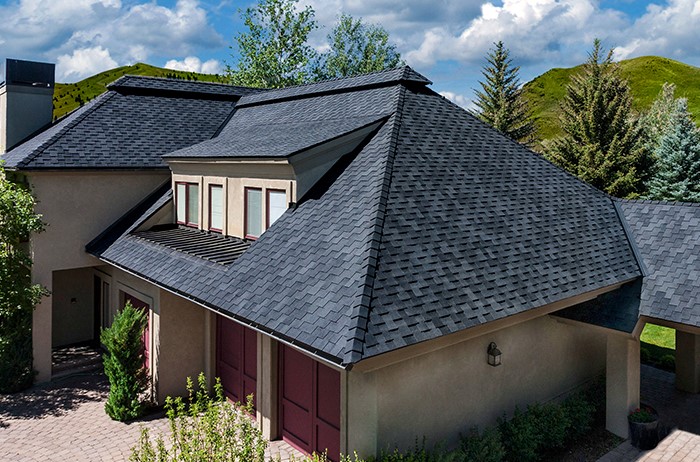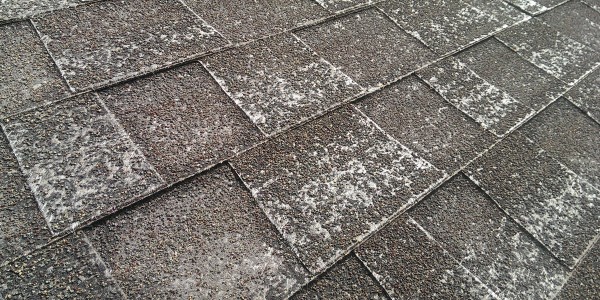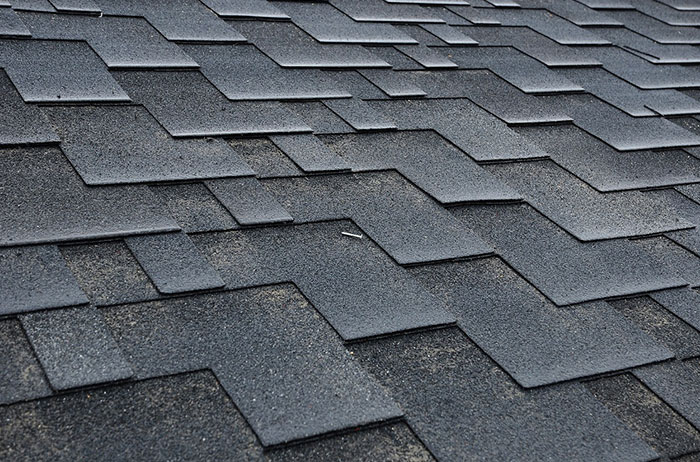Time to Re-Roof or New Roof: What to look for ?
Are the 30-year roofing shingles nearing the end of their lifespan?
What does a roofer look for when deciding whether or not it’s time for new shingles?
Although blown-off shingles may not look appealing, they don’t necessarily indicate impending failure. On the other hand, if they’re blowing off under moderate weather conditions, it could signal aging, brittle shingles.
A further indication is the granule coating of the shingle. The coating not only gives the shingles their color but protects against UV damage from the sun. Some granule loss is typical in aging shingles. However, excessive granule loss results in bald patches, which cause the shingles to rapidly dry out and split. One also wants to watch out for curling and lifting, both indicators the shingles are drying out.
Often the most useful way to check is to pull the ladder out and have a look in the gutters for granules. If he or she notices an abundance of shingle granules, that could be a sign the roof is at the end of its lifespan.

If it turns out that the shingles have reached the end of their lifespan and they’re shot, a person has two options: A reroof or a full replacement.
What is a reroof?
Reroofing is when roofers install new shingles over the old.
What does a full replacement look like?
A full replacement consists of roofers stripping down the roof to the sheathing and installing new roofing. It’s a much larger job.
Although a reroof can be less costly, a reroof can reduce the life span of new shingles by 20% to 40%. This dramatically decreased life span is a result of the original roof shingles not being as good a substrate as the underlying sheathing.
Compared to underlayment over wood sheathing, the old shingles are an uneven surface. This means that the new shingles don’t sit as flat, making them more susceptible to movement and blow off.
In some cases, homeowners like to look into things themselves. If a person sees daylight coming in through the roof boards in the attic or they notice a spongy feel when walking on the roof it may be time to call in the pros. While in the attic, always check for moisture in the insulation. If it’s moist, it is a sign that moisture is somehow getting in through the roof.

Roofs tend to lose more granules toward the end of their life cycle. Inconsistent or darker color on some parts of the roof is another sign the granules have worn away.
It is important to keep track of the age of a home. When was your home built? How long ago was the roof inspected? Luckily, roof inspections are a service that Shoreline Roofing offers.



